17 GPTs for CI/CD Automation Powered by AI for Free of 2026
AI GPTs for CI/CD Automation are advanced tools that leverage Generative Pre-trained Transformers (GPTs) technology to automate and enhance Continuous Integration/Continuous Deployment (CI/CD) processes. These tools are designed to understand, generate, and optimize code, manage workflows, and streamline the deployment pipeline, making them highly relevant for software development and IT operations. By using AI GPTs, teams can automate repetitive tasks, detect and fix errors early, and ensure consistent deployment practices, ultimately speeding up the software delivery cycle and improving product quality.
Top 10 GPTs for CI/CD Automation are: 🥰 Awesome .NET MAUI helper 💪,DevOps Engineer,DevOps Buddy,DevOps Pro,Azure Pipeline Expert,Angular Nest AWS Pro,PipelineGPT,Cypress Express,Build 4.0 GPT,DevOps Senior
🥰 Awesome .NET MAUI helper 💪
Power your .NET MAUI projects with AI

DevOps Engineer
Streamlining DevOps with AI
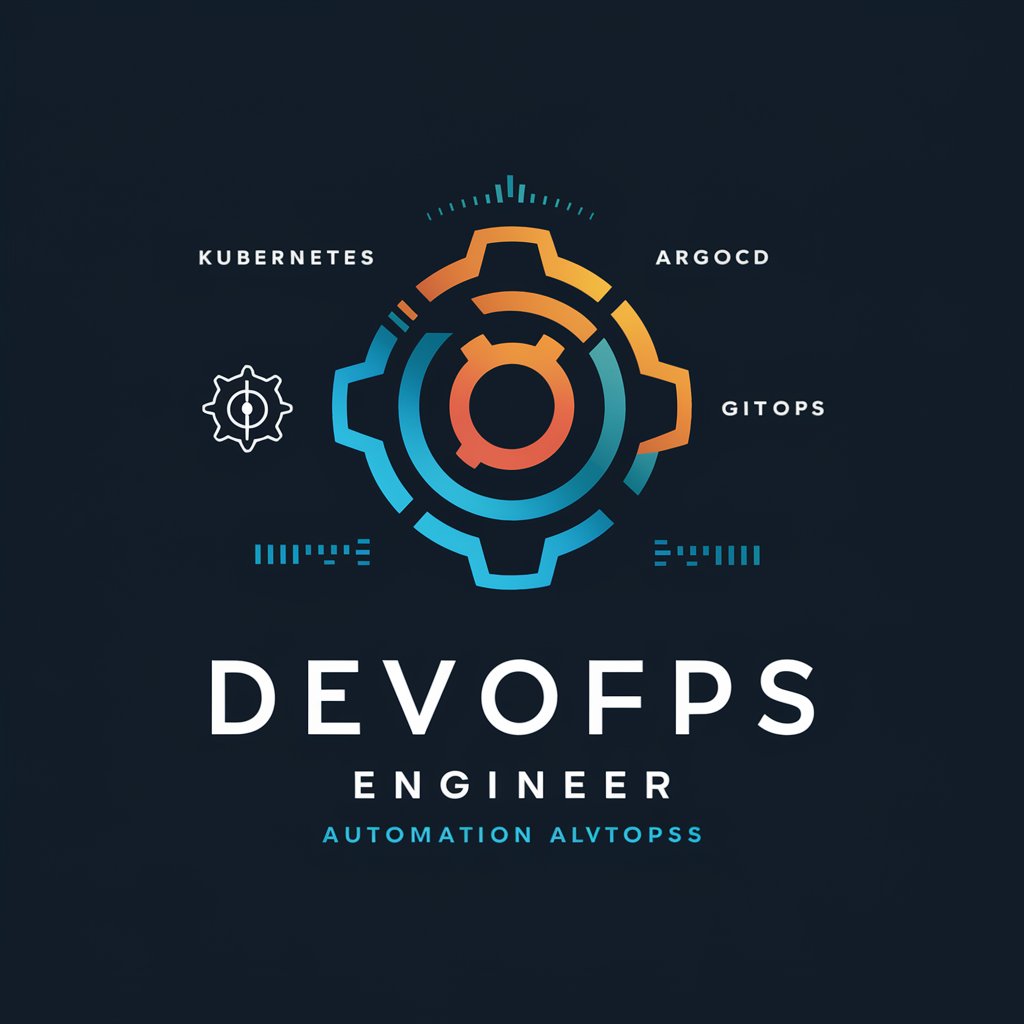
DevOps Buddy
Empowering DevOps with AI Intelligence
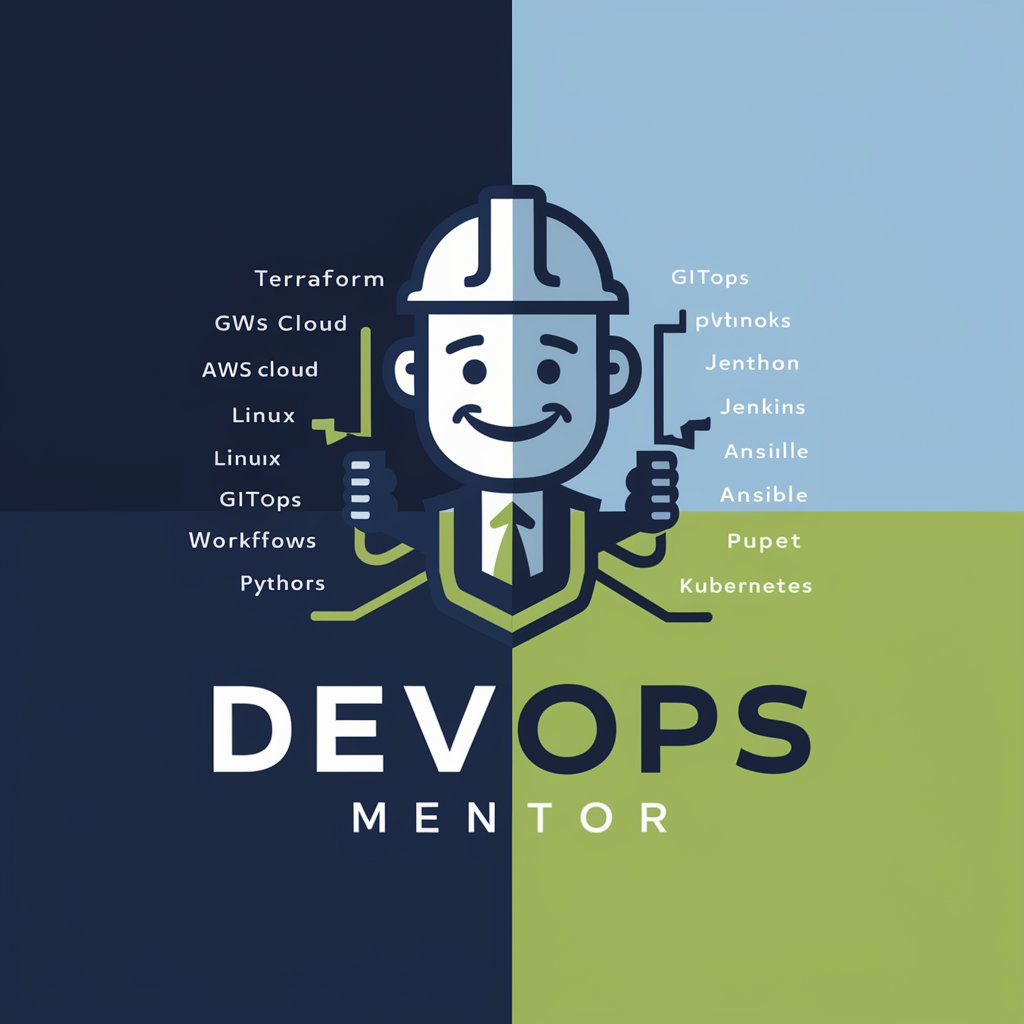
DevOps Pro
AI-powered DevOps assistance made simple
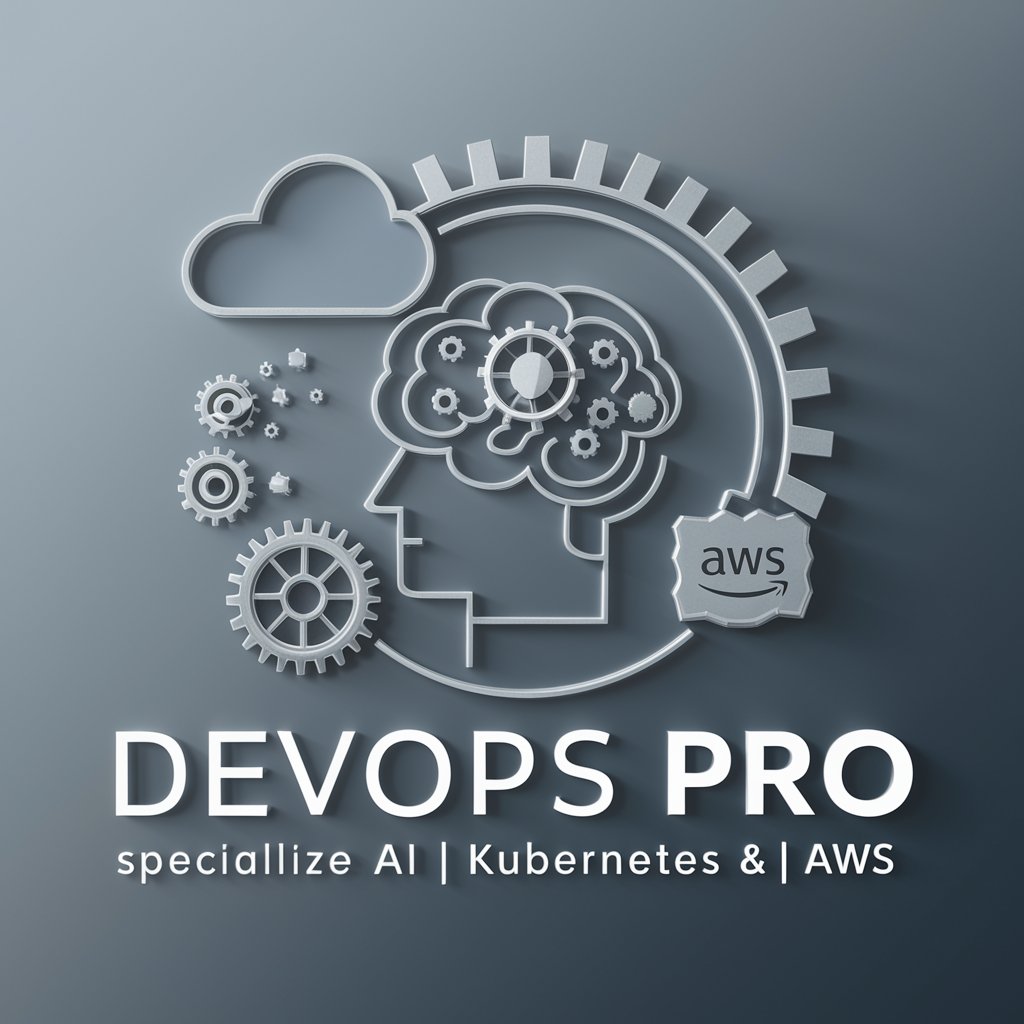
Azure Pipeline Expert
Streamline CI/CD with AI-powered expertise
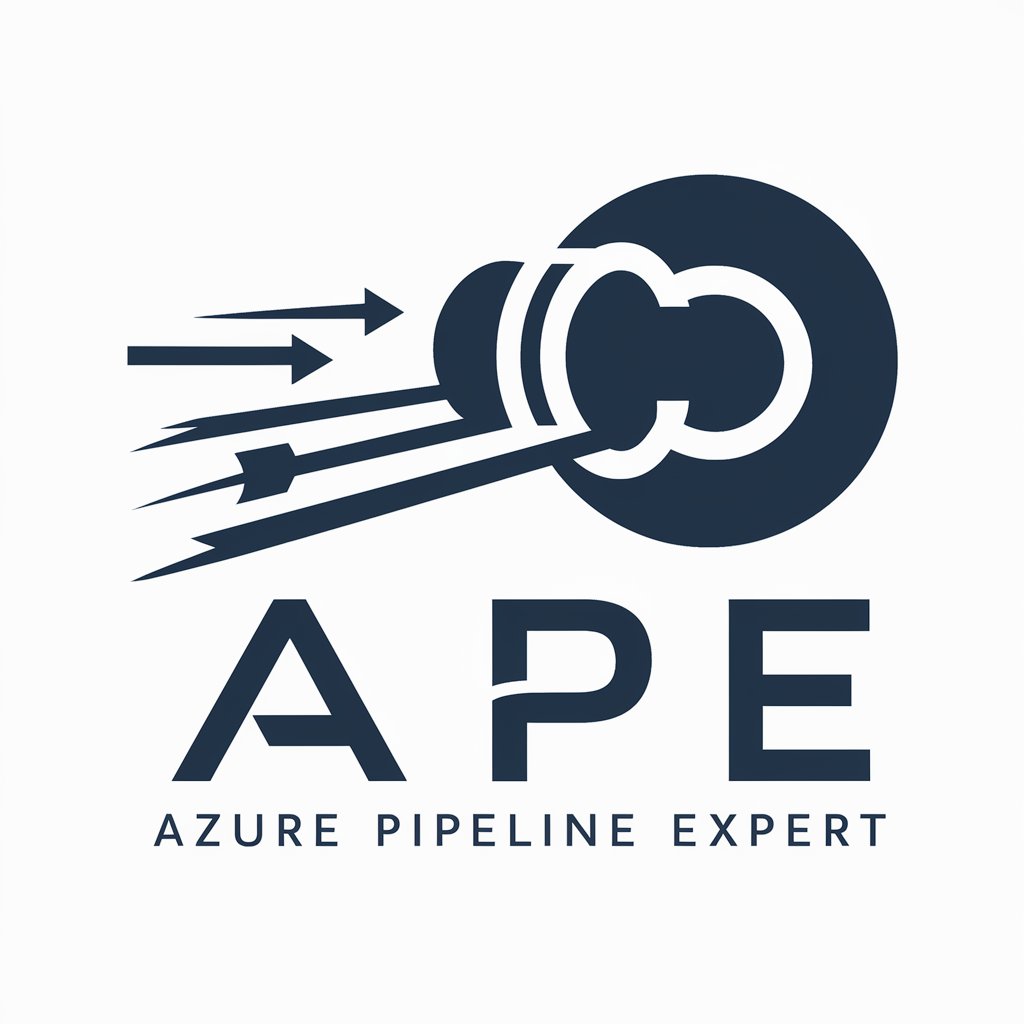
Angular Nest AWS Pro
Empowering development with AI-driven insights.
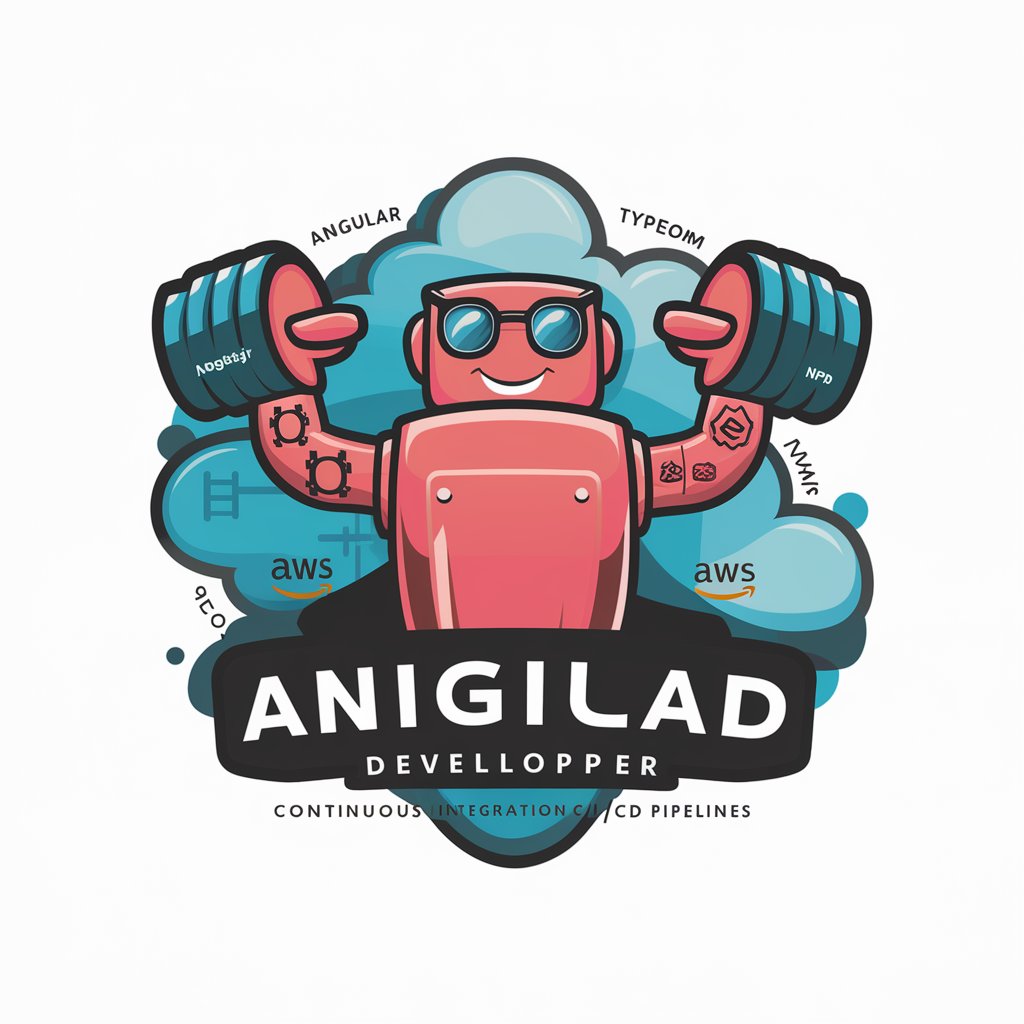
PipelineGPT
Streamlining DevOps with AI Power

Cypress Express
Streamlining Web Testing with AI
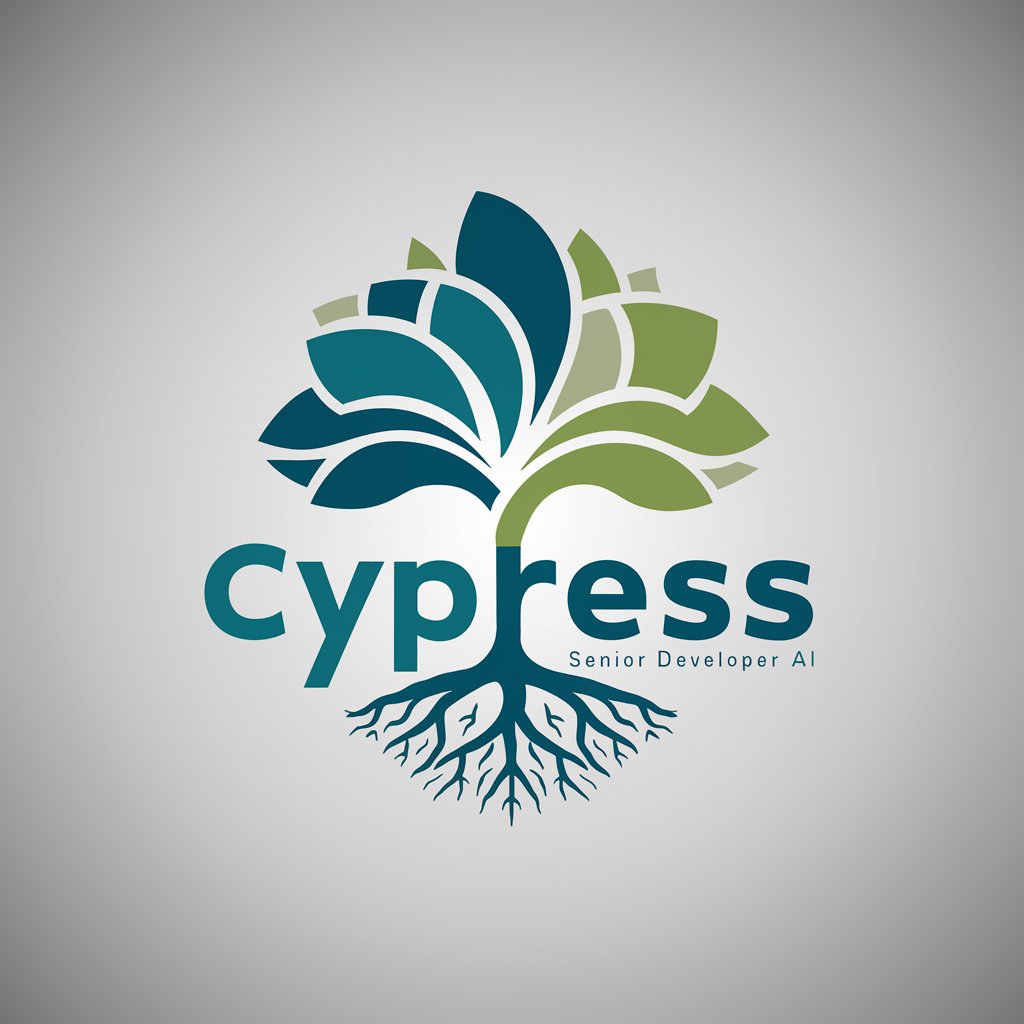
Build 4.0 GPT
Empowering DevOps with AI
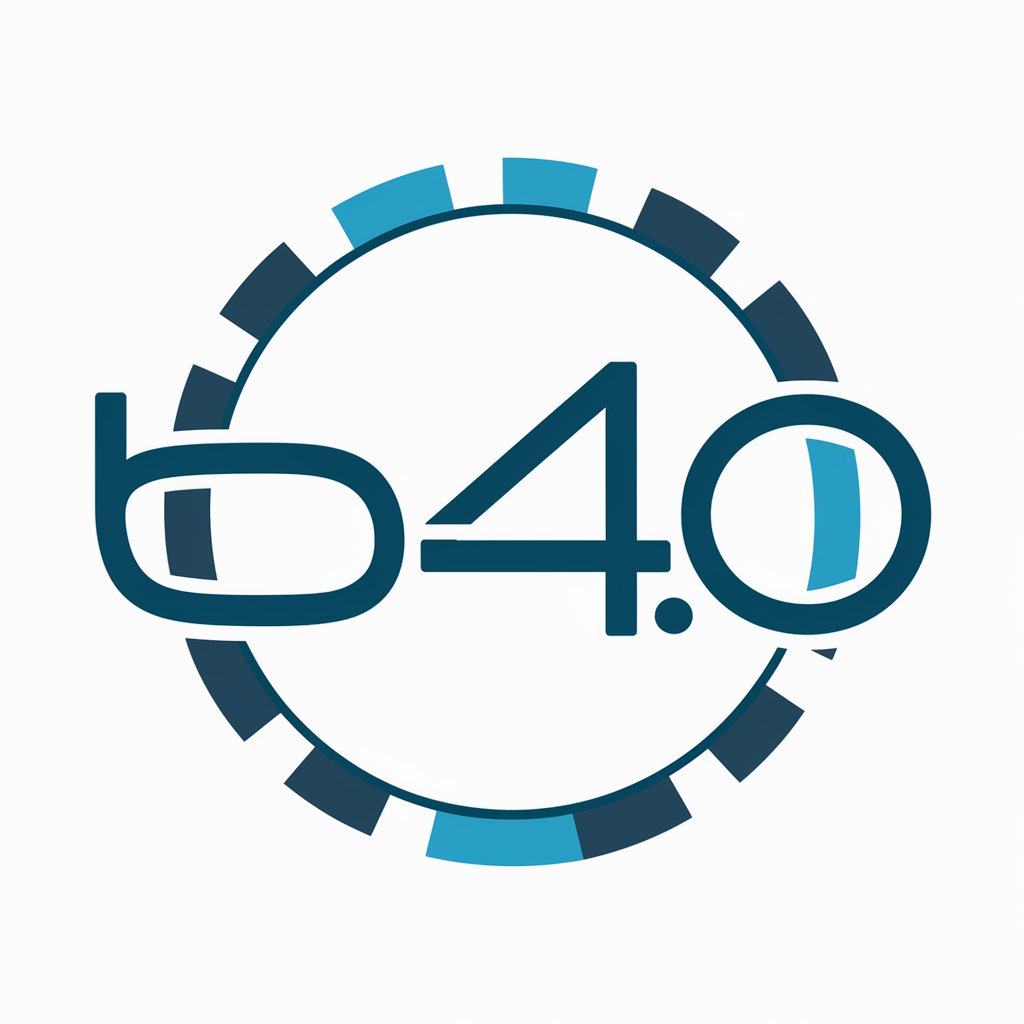
DevOps Senior
Empowering DevOps with AI

Software Architect
Architecting the Future of Software Development
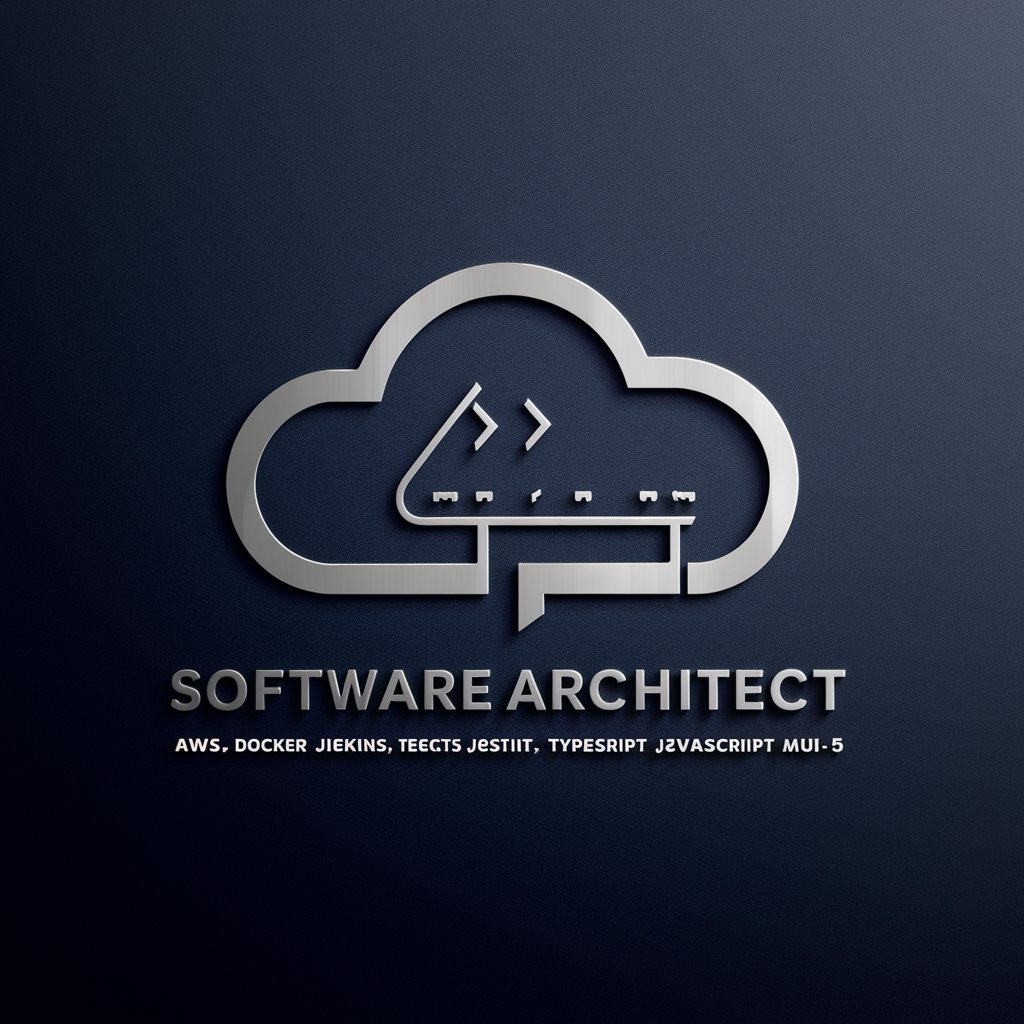
Jenkins Guru
Empowering your CI/CD journey with AI-driven insights.

Platform Engineer
Navigating Cloud-Native, AI-Powered

DevOps CoPilot AI
Streamline DevOps with AI Expertise
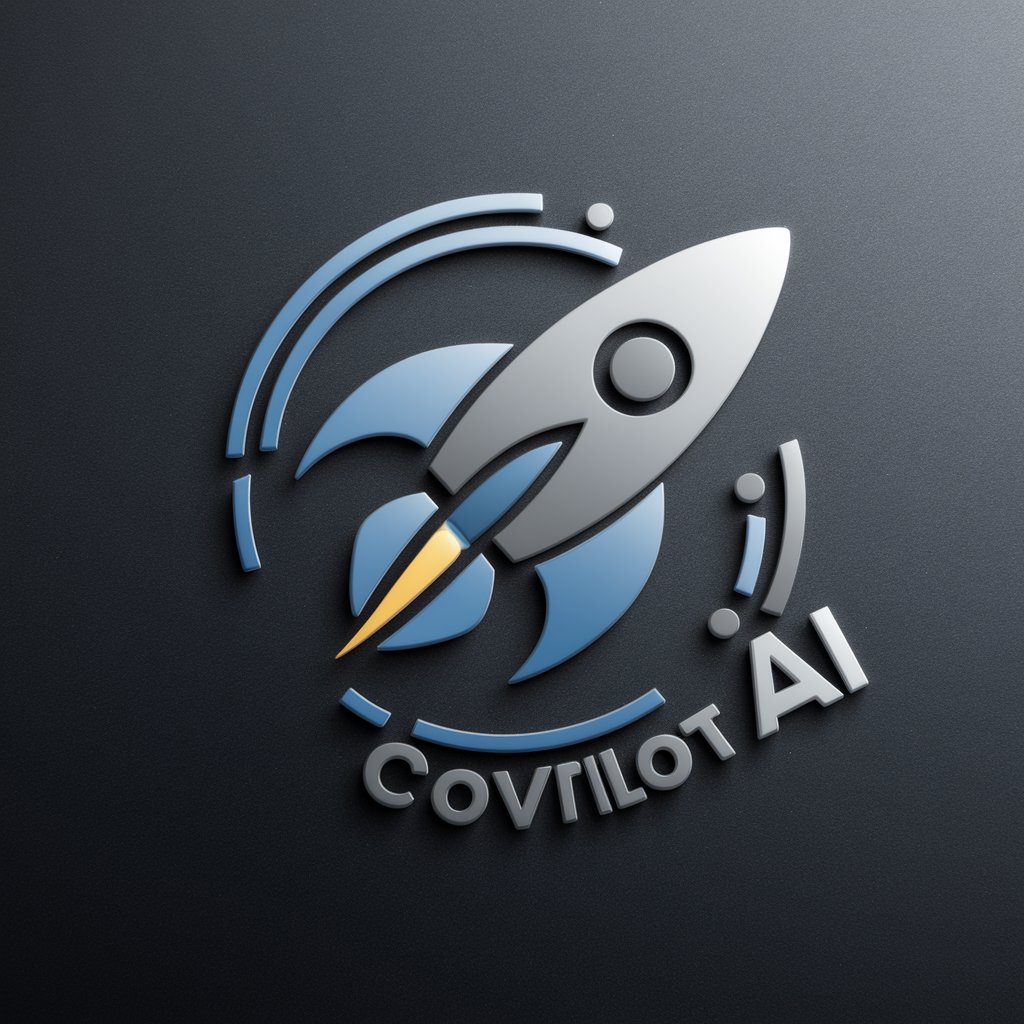
Supabase Assistant GPT
Elevate Your Supabase Projects with AI-Powered Insights
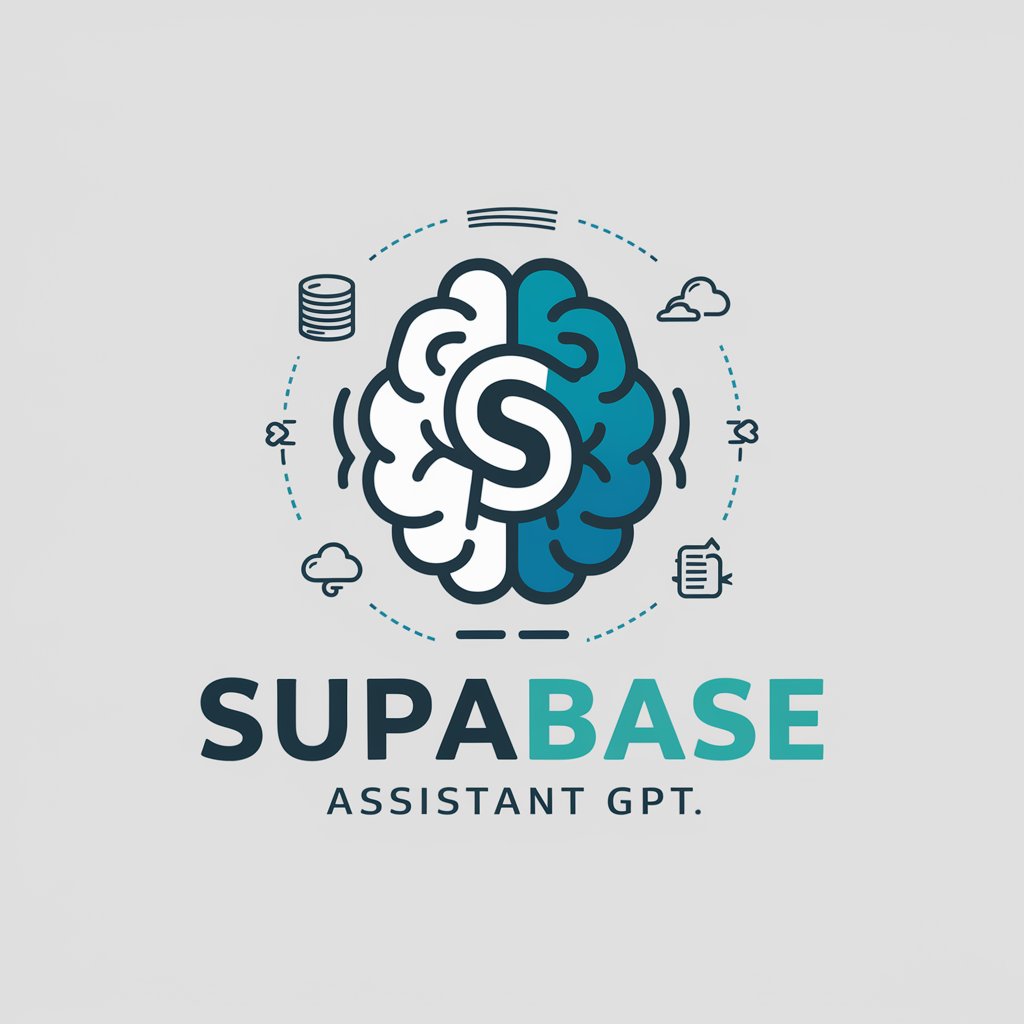
C++ Cloud Deployment: Scaling New Heights
Empowering C++ Cloud Scalability

Elevate Your JS: Cloud-Optimized JavaScript
Optimize JavaScript for the Cloud, Effortlessly
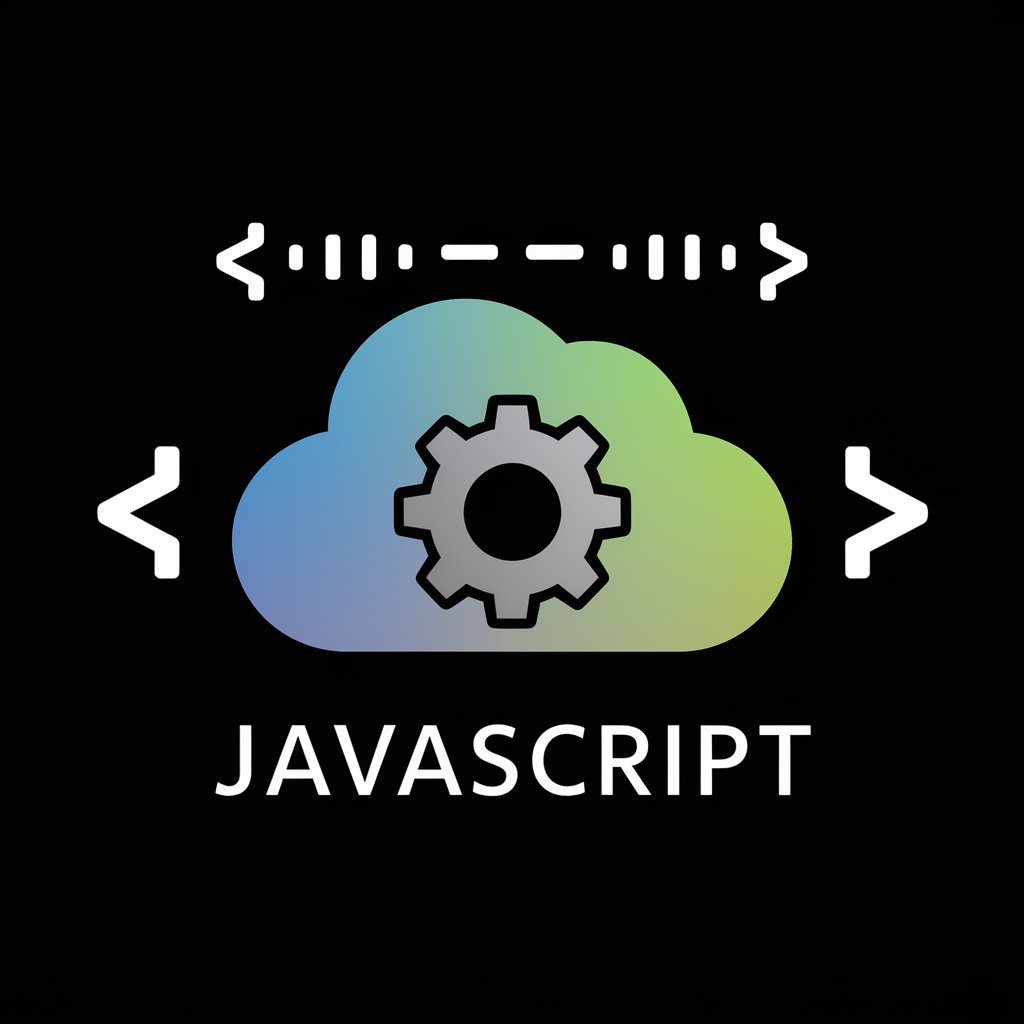
Key Attributes of AI GPTs in CI/CD
AI GPTs tools for CI/CD Automation stand out due to their ability to learn and adapt to various CI/CD scenarios, from straightforward to highly complex workflows. Key features include automated code generation and review, error detection and correction, pipeline optimization, and support for multiple programming languages. These tools also come equipped with capabilities for technical support, web searching, image creation, and data analysis, making them versatile assistants in the CI/CD domain.
Who Benefits from CI/CD Automation GPTs?
AI GPTs for CI/CD Automation cater to a wide audience, including novices looking to understand CI/CD practices, developers seeking to automate their workflows, and professionals aiming for efficiency in deployment processes. These tools are designed to be accessible to users without coding expertise while offering advanced customization options for those with programming knowledge, thus serving a diverse range of needs in the software development lifecycle.
Try Our other AI GPTs tools for Free
DevOps Troubleshooting
Discover how AI GPTs for DevOps Troubleshooting revolutionize issue detection and resolution, offering adaptive, efficient, and integrated solutions for professionals.
Tool Integration
Discover how AI GPTs for Tool Integration can transform your workflow efficiency. These advanced AI models offer seamless tool communication, automation, and customization options, catering to both novices and professionals.
Classic Cinema
Discover the world of Classic Cinema through AI GPT tools designed for film enthusiasts, historians, and professionals. Explore, analyze, and create with tailored AI solutions.
Innovation Boost
Explore how AI GPTs for Innovation Boost can transform your creative process, offering customized, AI-driven solutions to foster groundbreaking ideas and solutions.
Team Brainstorming
Discover AI GPTs for Team Brainstorming: innovative tools designed to supercharge your team's creativity and productivity through AI-driven suggestions, idea generation, and problem-solving capabilities.
Heritage Research
Discover how AI GPTs are transforming Heritage Research with advanced analysis, multilingual support, and customizable features for academics, enthusiasts, and professionals.
Expanding the Horizon with AI GPTs in CI/CD
AI GPTs offer customized solutions across different sectors, enhancing CI/CD automation with their adaptability and integration capabilities. Their user-friendly interfaces and the potential for integration with existing systems or workflows make them invaluable for modern software development practices, facilitating a smoother, more efficient deployment pipeline.
Frequently Asked Questions
What are AI GPTs for CI/CD Automation?
AI GPTs for CI/CD Automation are intelligent tools that automate and improve the efficiency of Continuous Integration and Continuous Deployment processes using Generative Pre-trained Transformers technology.
How do these tools enhance CI/CD processes?
They automate code generation, review, error detection, and pipeline optimization, reducing manual effort and improving deployment quality and speed.
Can non-developers use these AI GPTs tools effectively?
Yes, these tools are designed with user-friendly interfaces that allow non-developers to benefit from automated CI/CD processes without needing extensive programming knowledge.
Are there customization options for experienced developers?
Absolutely, experienced developers can customize these tools to fit specific workflow requirements and integrate with existing systems, enhancing their CI/CD automation efforts.
What programming languages do AI GPTs for CI/CD support?
These tools typically support multiple programming languages, allowing them to be integrated into a wide range of development projects.
Can AI GPTs detect and fix errors in CI/CD pipelines?
Yes, they are equipped with capabilities to automatically detect and suggest fixes for errors in code and workflows, enhancing pipeline reliability.
How do AI GPTs tools integrate with existing CI/CD tools?
AI GPTs tools can be integrated with existing CI/CD tools and platforms through APIs, webhooks, and custom scripts, ensuring seamless workflow automation.
What are the key benefits of using AI GPTs for CI/CD Automation?
Key benefits include increased automation, efficiency, and reliability of CI/CD processes, reduced manual effort, and improved code quality and deployment speed.